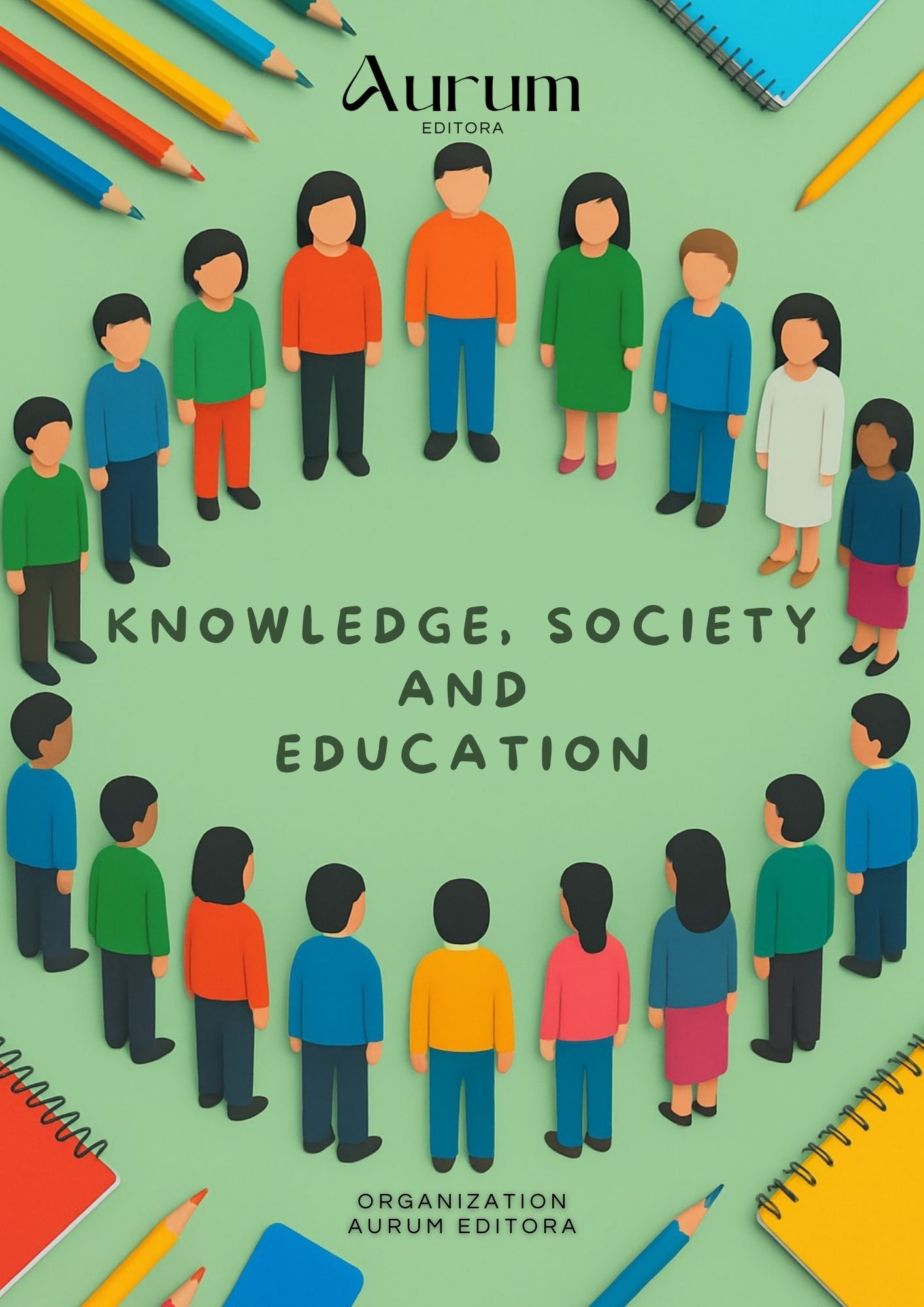CHALLENGES OF PHYSICS TEACHING IN BRAZILIAN PUBLIC SCHOOLS
DOI:
https://doi.org/10.63330/aurumpub.013-009Palabras clave:
Physics teaching, Public schools, Teacher education, Science education, InclusionResumen
Physics teaching in Brazil, especially in public schools, faces several challenges that compromise the teaching-learning process and limit the critical and civic education of students. Among the main difficulties are the lack of adequate infrastructure, scarcity of teaching resources, teacher work overload, gaps in initial and continuing teacher education, as well as the predominance of traditional pedagogical practices that distance students from interest in the subject. These factors are aggravated by social issues such as economic inequality, violence, and precarious public education policies.
This article aims to analyze the challenges of teaching Physics in Brazilian public schools, based on a bibliographic review carried out in scientific databases and open-access journals published between 2015 and 2025. The research is organized into five axes: school infrastructure, teacher education, teaching methodologies, inclusion and diversity, and student perception.
The results show that the lack of laboratories, the absence of consistent public policies, and the devaluation of teachers remain as structural barriers. However, they also highlight that innovative practices, such as the use of digital technologies, active methodologies, and inclusive strategies, can contribute to more meaningful and motivating learning. It is concluded that to move forward, continuous investment in infrastructure, teacher appreciation, and policies to encourage pedagogical innovation are necessary.
Descargas
Referencias
CARVALHO, R. L. O ensino de Física no Brasil: desafios e perspectivas. Revista Brasileira de Educação em Ciências e Tecnologia, v. 11, n. 2, p. 55-72, 2018. Disponível em: https://periodicos.ufsc.br/index.php/rbec/article/view/12345. Acesso em: 12 maio 2025.
F-SILVA, M. A influência multiforme da inteligência artificial no ensino de química nas escolas de ensino médio da rede pública. Revista Editora Impacto – New Science, v. 1, n. 1, p. 142-151, 2025. Disponível em: https://periodicos.newsciencepubl.com/editoraimpacto/article/view/7914. Acesso em: 14 set. 2025.
INEP – Instituto Nacional de Estudos e Pesquisas Educacionais Anísio Teixeira. Relatório Nacional do Exame Nacional do Ensino Médio (ENEM 2022). Brasília: MEC/INEP, 2022. Disponível em: https://download.inep.gov.br/educacao_basica/enem/relatorios/2022/relatorio_enem_2022.pdf. Acesso em: 14 maio 2025.
MENEZES, A. P.; GOMES, R. C. Metodologias ativas no ensino de Física: limites e possibilidades. Revista de Ensino de Ciências e Matemática, v. 12, n. 3, p. 210-229, 2020. Disponível em: https://revistapos.cruzeirodosul.edu.br/index.php/rencima/article/view/3145. Acesso em: 14 maio 2025.
OLIVEIRA, J. A. Desafios da formação de professores de Física no Brasil. Revista Educação e Pesquisa, v. 45, p. 1-20, 2019. Disponível em: https://www.scielo.br/j/ep/a/5JfDThm2c7W3JjNkQkp5C7n/. Acesso em: 14 maio 2025.
SANTOS, L. R.; COSTA, M. V. Ensino inclusivo de Ciências da Natureza: reflexões e práticas. Revista Brasileira de Educação Especial, v. 28, p. 99-118, 2022. Disponível em: https://www.scielo.br/j/rbee/a/6nFzZ5wLmKcT9q3dQyMnW8C/. Acesso em: 14 maio 2025.
SANTOS, P. H.; FARIAS, C. P. Condições de trabalho docente e o ensino de Física na escola pública. Revista Educação em Questão, v. 59, n. 2, p. 44-67, 2021. Disponível em: https://periodicos.ufrn.br/educacaoemquestao/article/view/22222. Acesso em: 14 maio 2025.
SILVA, F. R.; FARIAS, C. P. Ensino de Física e metodologias inovadoras: um estudo sobre práticas alternativas. Revista Brasileira de Ensino de Física, v. 43, e20210245, 2021. Disponível em: https://www.scielo.br/j/rbef/a/nqH8nP6mV7JmQw3Pp7gCh6M/. Acesso em: 15 jun. 2025.
Descargas
Publicado
Número
Sección
Licencia
Derechos de autor 2025 Marcionilio F-Silva (Autor)

Esta obra está bajo una licencia internacional Creative Commons Atribución-NoComercial-SinDerivadas 4.0.





